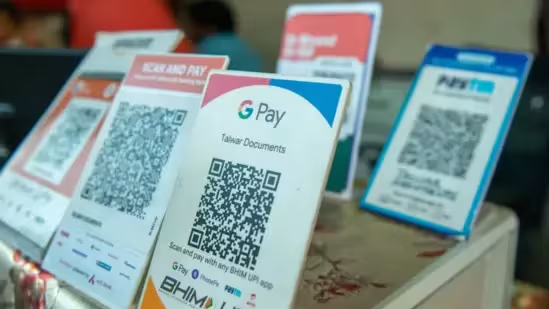July 31, 2025 | New Delhi — Starting August 1, 2025, major updates to the Unified Payments Interface (UPI) will come into force, bringing key changes to how digital payment apps like Google Pay, PhonePe, and Paytm operate. The National Payments Corporation of India (NPCI), which regulates UPI, is implementing the changes to boost system efficiency, stability, and security.
These updates will impact routine features used by millions of Indians daily—such as account balance checks, AutoPay mandates, failed transaction handling, and account verification processes.
What’s Changing?
Among the most notable changes is a limit of 50 daily balance inquiries through UPI platforms. Until now, users could check their account balance an unlimited number of times.
Additionally, enhancements to AutoPay request handling and improvements in resolving payment failures are part of the new rollout. These updates are expected to streamline backend systems and reduce lag during high-volume usage, especially during peak hours.
NPCI’s Broader Vision
The NPCI had issued a circular earlier in April outlining its plan to reduce transaction response times and optimize performance across remitter banks, beneficiary banks, and Payment Service Providers (PSPs). The upcoming changes are aligned with that objective and aim to make UPI transactions smoother and more dependable.
Tighter Oversight on Banks and Apps
To prevent misuse and maintain system integrity, NPCI has also put banks and payment apps under closer observation. Overuse or abuse of APIs—either through user activity or internal processes—will be strictly monitored. Violations may result in penalties or restricted access to the UPI framework.
Why It Matters
For frequent UPI users, these rule changes could have a noticeable impact on daily transactions. By capping balance checks and improving the reliability of AutoPay and other functions, NPCI aims to reduce system stress and ensure a more consistent user experience across platforms.
These new measures are part of a broader push to enhance India’s digital payments infrastructure and make UPI more resilient to increasing traffic and transaction volumes.

